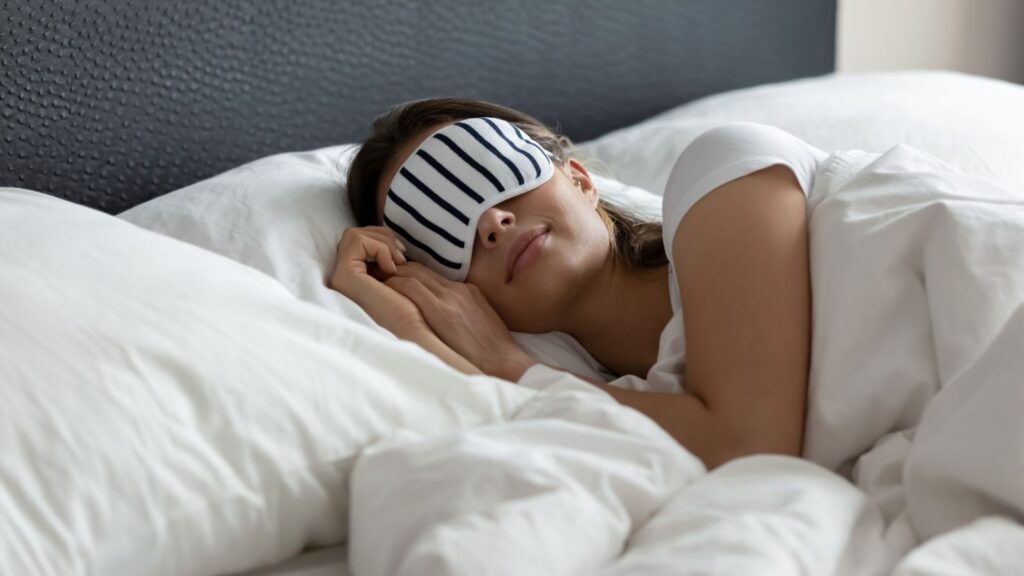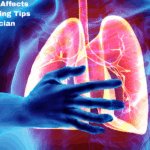
Sleep apnea is a common underdiagnosed sleep disorder that disrupts breathing during sleep. This particular condition, which usually leads to restless nights and daytime fatigue, has affected millions of people worldwide. Popular treatments include medical interventions, such as CPAP machines and surgery, but managing the symptoms of sleep apnea often requires lifestyle changes through regular exercise and healthy dieting.
We shall see how exercise and diet habits help improve sleep and the various steps for incorporation of these habits in life in this blog.
What Is Sleep Apnea?
Sleep apnea is a condition marked by the repeated interruption of breaths during sleep. Interruptions can last a few seconds to minutes, and this can happen numerous times per night. The following are the most prevalent types of sleep apnea:
• A physical obstruction of the airway is the cause of obstructive sleep apnea.
• A malfunction in the brain’s signal distribution system to the breathing muscles causes central sleep apnea.
• A combination of central sleep apnea and OSA is known as complex sleep apnea.
Some symptoms are very audible snoring during sleep, gurgling or gasping during sleep, and severe morning headache. Untreated sleep apnea can result in a significant number of medical conditions including high blood pressure, heart disease, and diabetes.
Exercise and Management of Sleep Apnea
Regular physical exercise benefits the general body health, but it is also effective for the management of sleep apnea. This is because:
1. Weight Control
Obesity is a major risk factor for obstructive sleep apnea.Excess body fat around the neck area tends to narrow the airway, thus making it susceptible to obstruction. Activities such as cardio and strength training help reduce body fat and improve breathing.
2. Strengthening Respiratory Muscles
There are exercises that strengthen the muscles surrounding the airway and lungs, which prevents their collapsing while one is asleep. Certain voice training for singers who also play wind instruments or simple throat exercises help alleviate symptoms.
3. Reduction of Inflammation
Exercising reduces systemic inflammation associated with sleep apnea. Certain exercises such as doing yoga and brisk walking ensure improved circulation and general respiration.
Best Exercises for Sleep Apnea Relief
1. Cardiovascular Exercises: Walking, jogging, swimming, or cycling increase lung capacity and overall fitness.
2. Yoga: Pranayama, the breathing exercises in yoga, strengthens the respiratory muscles and increases oxygen flow.
3. Oropharyngeal Exercises: These include tongue and throat exercises that help open up the airway.
4. Weightlifting: Strength training reduces body fat and enhances muscle tone.
5. Singing or Playing Wind Instruments: These activities strengthen the throat muscles and reduce snoring.
Role of Diet in Managing Sleep Apnea
Proper management of sleep apnea requires a diet that is well-balanced. Some foods and nutrients help reduce symptoms, improve energy levels, and help in getting good sleep.
1. Weight Loss with Diet
Eating a diet that is calorie-controlled, nutrient-rich helps in weight loss, which may alleviate airway obstruction.
2. Anti-Inflammatory Foods
Inflammation can make the condition worse. So, reduce inflammation by eating foods rich in omega-3 fatty acids, antioxidants, and vitamins.
3. Avoid Sleep Disruptors
Some foods and drinks exacerbate sleep apnea symptoms, such as alcohol, caffeine, and heavy meals before bedtime.
Dietary Advice for Improved Sleep and Reduced Sleep Apnea Symptoms
1. Eat More Whole Foods: Fruits, vegetables, whole grains, lean proteins, and healthy fats.
2. Magnesium-Rich Foods: Nuts, seeds, spinach, and bananas relax muscles and improve sleep.
3. Drink Enough Fluids: Dehydration causes mucus in the throat to thicken, which worsens symptoms.
4. Avoid Sugar and Processed Foods: These can trigger weight gain and inflammation.
5. Limit Caffeine and Alcohol: Caffeine disrupts sleep cycles, while alcohol relaxes the muscles in the throat.
Combining Exercise and Diet for Best Result in Sleep Apnea Treatment
Exercise and diet combined will bring about the most effective results. For example:
• To lose weight more quickly, combine a high-protein, low-carb diet with frequent aerobic exercises.
• Combine yoga with an anti-inflammatory diet to reduce airway obstruction and promote restful sleep.
• Strength training with magnesium-rich meals for the strengthening of muscles and recovery.
How to Start Lifestyle Changes
Lifestyle changes seem difficult at first, but with small, consistent steps, there will be significant improvements over time.
1. Set Realistic Goals
Begin with the easy stuff: walk or do some yoga, increasing intensity gradually. Substitute nuts or fruits for unhealthy snacks.
2. Be Consistent
The most important thing is to be consistent. This can be in terms of doing some physical activity daily and having a balanced meal.
3. Get Professional Advice
Consult a pulmonologist or nutritionist for individual advice on managing sleep apnea with exercise and diet.
4. Track Progress
Log changes in sleep quality, increase energy levels, and general wellness that promote maintaining this schedule.
Summary
Sleep apnea can be a challenging condition, but with the right lifestyle modifications, you can significantly enhance your quality of life. Under the guidance of experts like Dr. Yogesh Agrawal, a highly skilled sleep specialist based in Wakad, Pune, incorporating regular exercise and a well-balanced diet can help minimize symptoms, promote restful sleep, and improve overall health.
Take the first step towards better sleep today—embrace a healthier lifestyle and reclaim your nights for brighter days ahead!




